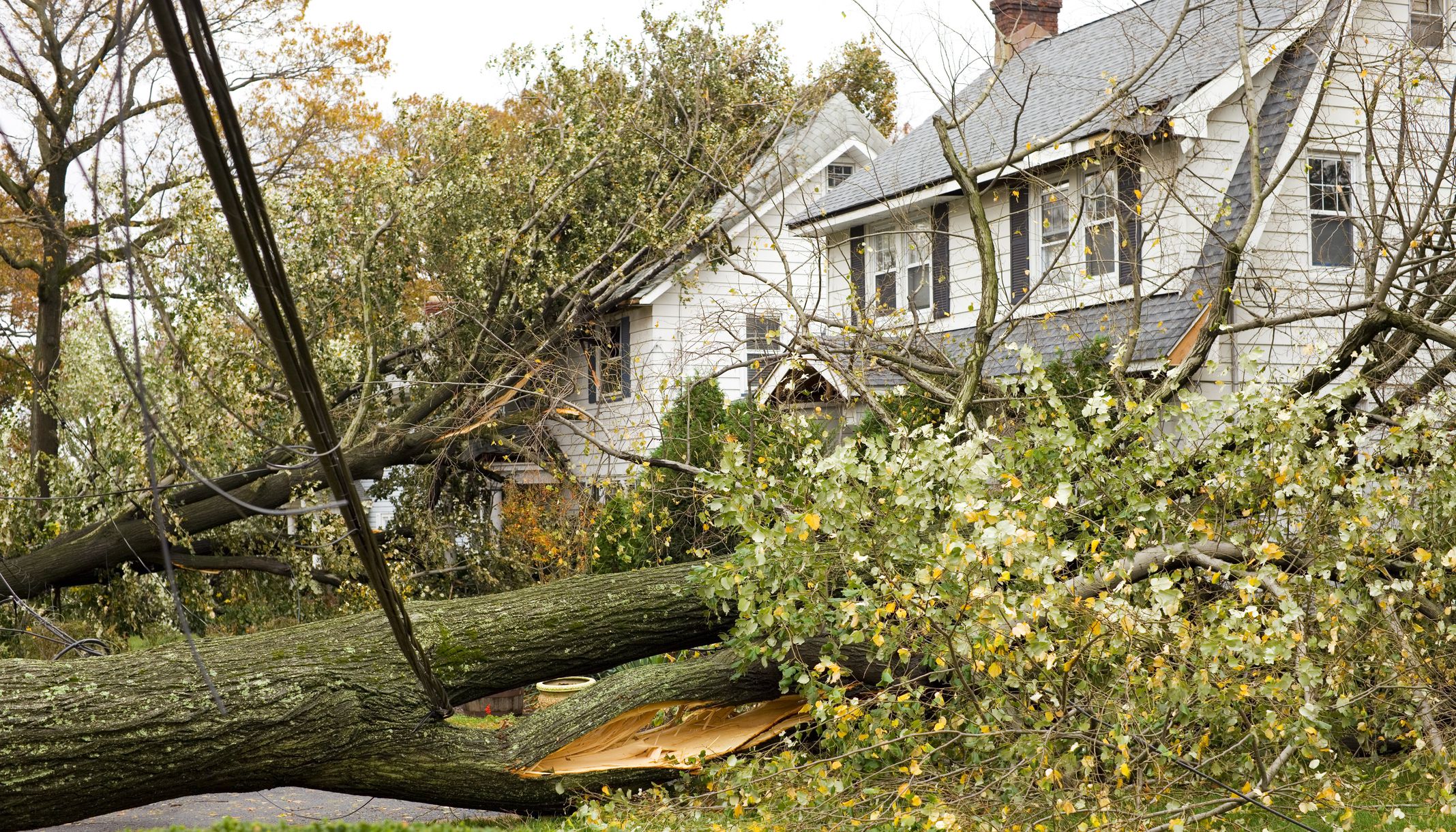Remembering the Japan hog lift while recovering from the derecho
Author
Published
12/10/2020
On August 10, 2020, my wife and I were enjoying a day off by driving to Marshalltown for shopping and lunch. We didn’t get lunch that day and shopping ended abruptly when we were all herded into the back of the store as the winds picked up and we listened as the derecho moved through town.
The thunderstorm, which delivered hurricane-strength winds over hundreds of miles in a line through the heart of Iowa, has proven to be one of the most costly and devastating natural disasters in state history.
Driving back to West Des Moines from Marshalltown in the hour following the storm was a struggle. Getting out of town was complicated by trees, rooftops and store signs laying in the road. Debris and semi-trailer rigs were strewn across Highway 30 once we made it out of city limits.
When we got close to the metro, our cell phones started working again, and we both called our families in Cedar Rapids to warn them of what was coming. What we didn’t know at the time was that the storm continued to intensify as it marched east, finally slamming through Linn County with winds in excess of 140 miles per hour.
In the days and weeks following the storm, Iowans stepped up to help their neighbors, even while help from the rest of the country was slow coming. I did wonder at the time if this was how residents of Yamanashi Prefecture in Japan felt in 1959 when another storm left that region devastated.
At that time, 60 years ago, a typhoon, or hurricane, wiped out the homes and farms of a heavily agricultural region of Japan. Similarly to what happened this year, neighbors helped neighbors as they could, but help came in another form as well, through Iowa farmers stepping up to help the people of Yamanashi rebuild their hog herd.
Iowa farmer Master Sgt. Richard Thomas was stationed in Japan when the storm came ashore. It was his idea to ask for help from folks back home in support of people on the other side of the world. And just like we did after the derecho, Iowans stepped up and got involved.
In January 1960, 36 hogs, feed and other agricultural supplies were loaded onto a C-130 transport aircraft provided by the U.S. Air Force and equipped with special livestock stalls and air conditioners. This transport has come to be known as the Japanese hog lift.
The weekend following the derecho I headed back to Cedar Rapids to help where I could. My parents had their garage knocked down onto their truck, and seven 50-year-old trees laid across their driveway. Since the power was out everywhere, the grocery stores had only limited food options. I loaded up my car with bottled water and nonperishable food items and spent the next three days cutting and moving tree debris with family and friends.

It was hard work, but it felt good to help. I suspect those Iowa farm families who made donations to Yamanashi felt the same way when they loaded up their breeding hogs to send half-way around the world. We can’t all help in the same way, but it is important to do what we can when we can.
This year we’ve seen our fair share of disasters, not just the derecho but also many terrible impacts from the COVID-19 outbreak. Through it all we’ve chipped in and helped each other. This is the only way forward.
To learn more about the hog lift, see our coverage of the anniversary in the Dec. 16 print edition of the Iowa Farm Bureau Spokesman or read about it online.
Want more news on this topic? Farm Bureau members may subscribe for a free email news service, featuring the farm and rural topics that interest them most!